Based on an intelligence input on the night of 02 April 2021, over 2000 security forces’ (SFs) personnel carried out a major anti-Naxal operation in the Sukma-Bijapur area in Chhattisgarh. However, the anti-Naxal operation soon turned to a “surprise” counter-attack by Naxals. In the attack, 22 SF personnel were killed in action, while one soldier was captured. Later, after five days of captivity, the soldier was released during a so-called Jan Adaalat or Kangaroo Court, organised by Naxals in Bijapur, Chhattisgarh. The investigation is still underway, and due emphasis is being laid on figuring out what went wrong, yet again. While a careful study of the event at hand is undoubtedly crucial, offering a view without adequate consideration of all the factors involved could be problematic. Left-Wing Extremism (LWE) is a phenomenon that goes much beyond security considerations exclusively. Despite several commendable corrective and welfare efforts by the state, large tracts of over 4000 sq km in the jungles of Abujmad (South Chhattisgarh) continue to remain unmapped almost 75 years after Independence, only stands testimony to this.
This paper endeavours at analysing the unfortunate incident of 02 April as a part of much broader trends – of security and politico-socio-economic indicators in conjunction –to examine the current state of affairs.
Complexities in Security Scenario in the Region
The Naxal insurgency has cost almost 12,000 lives in 20 years, proving it to be one of the most vicious insurgencies in Indian history.1 According to official data by the Union Ministry of Home Affairs, following the peak of Naxal violence during 2010-2013, the number of incidents and nationwide casualties from Naxal-related incidents has generally come down. But going a little deeper, one realises that the picture indeed is more nuanced than it overtly appears.



An analysis of the trends can be read alongside a few aspects: funds, internal crisis, and major political events. The relevance of funds and internal crisis are almost interdependent and as a consequence of each other therefore, they could be read together.
At least 26 of 39 prominent Central Committee members of the proscribed organisation—the Communist Party of India (Maoist) [CPI (Maoist)], have been eliminated during the period 2017 and 2019, and another 7000 active Maoist cadres have been arrested.2 A prominent face of the extremists in Odisha – Sabayachi Panda – surrendered in 2015. This was followed by mass surrenders in Odisha in the following year 2016 (Graph 2). An internal crisis persisting within the Maoists is evident. Recruitment is falling short. Jan-Militias of the Maoists that lack expertise are being replaced by the main force at local levels in many instances and public support is somewhere dwindling. The rise in execution of civilians as police informers stands testimony to the same (Graph 3). This crisis only seems to have aggravated from November 2016 onwards following the nationwide demonetisation drive. Bolstering its finances mainly through extortion, the CPI (Maoist) is also known to maintain sufficient emergency funds in reserve. However, the sudden financial crunch due to demonetisation severely impacted the Maoist coffers too.
An interesting aspect to look at is the trends of violence in the state of Chhattisgarh that does not follow the general trend between 2016 and 2018 (Graph 1). Data reveals that the Naxal-related incidents and casualties had shown an upward trend from 2016 onwards and following a peak in 2018, there was a sharp decline recording a five-year low in 2019. The state assembly elections in Chhattisgarh – a major political event – coincided with this peak in 2018 which provides the key to this sudden rise. The desperation of the Maoists to be noticed, thereby being in the capacity to influence voting patterns and percentage appears to be the most plausible reason – thus reflecting the impact of major political events on the violence patterns.
Along with the driving factors, the timing of major attacks, apart from a few during political events, reflects a general trend.
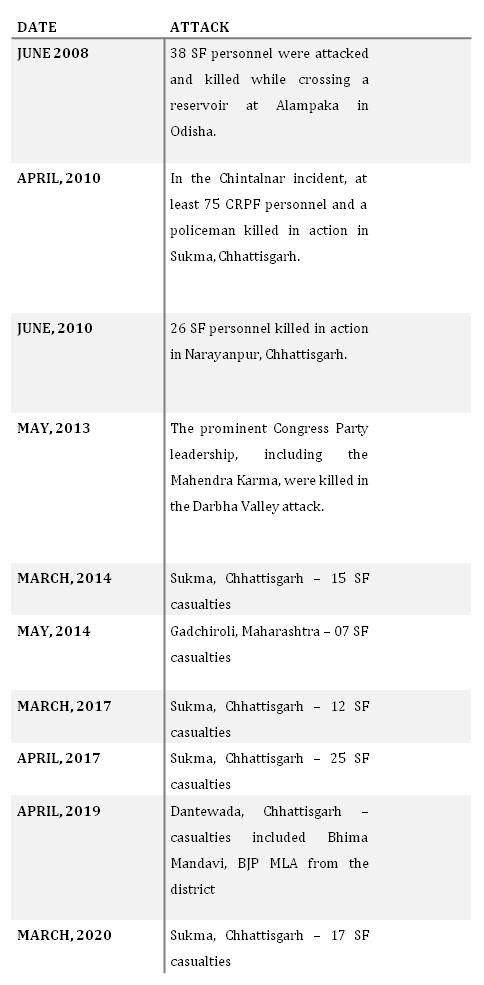
As for 2021, the recent—02-03 April ambush was not the first major incident against security forces. On 24 March, the Maoists blew up a bus carrying 40 jawans, out of which 05 jawans lost their lives and another 20 were injured. Not far from Bijapur, the incident took place in the Narayanpur district of the Bastar division.
The observation of major incidents in the region since 2008 highlights that most of these incidents occurred between March and June of respective years. The CPI (Maoists) call this period TCOC – Tactical Counter-Offensive Campaign –launched every summer season. The reason behind this lies in the terrain in consideration. Over 44 per cent of the state of Chhattisgarh is home to dense tropical deciduous forests, with over 70 per cent of these present in the southern Chhattisgarh comprising the Bastar division. Of this, the Abhujmad region, along with these dense forests, forms a confused mass of hills, dendritic drainage, and abounds in ‘elephant grass’ which may rise to six feet in height – making it inaccessible for the SFs, as also less navigable for the Naxals infesting the area. Since the forest covers thins during the summer season (characteristic of deciduous forests), navigation and attacks are more effortless.
Additionally, this challenging terrain brings with it issues related to aerial/satellite surveillance (the forest canopy blocks the aerial view) and real-time communication and evacuation of injured/ambushed troops. It is unfortunate that a significant number of SFs in the 02 April ambush lost their lives due to dehydration and delayed evacuation.3
Socio-economic Indicators of the LWE
Along with funds and topography that sustain and shelter the insurgency, the demography drives this insurgency. After all, besides the timeline of these events, the regional point of the occurrence is the so-called Dandakaranya Liberated Zone (mainly
comprising the Bastar division and adjoining areas), also the current Naxal-hotbed.4
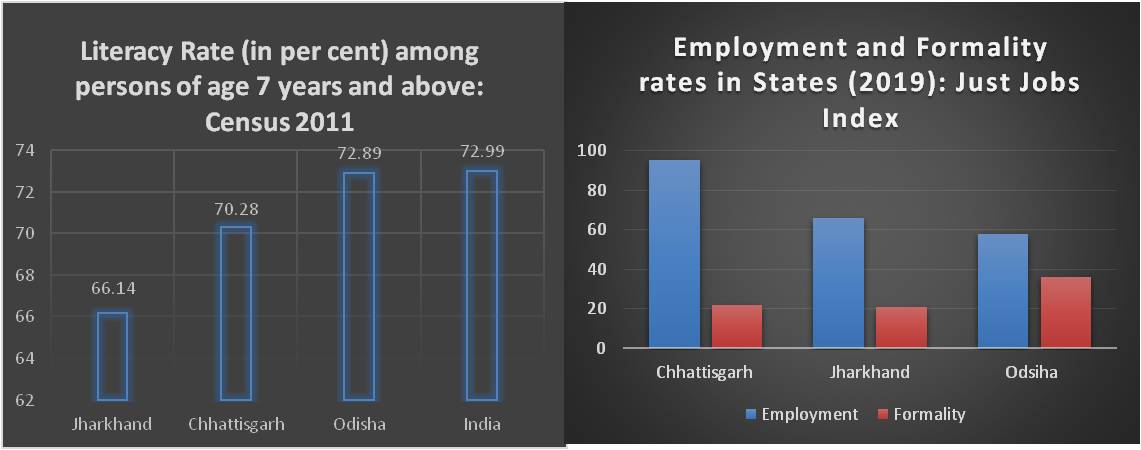
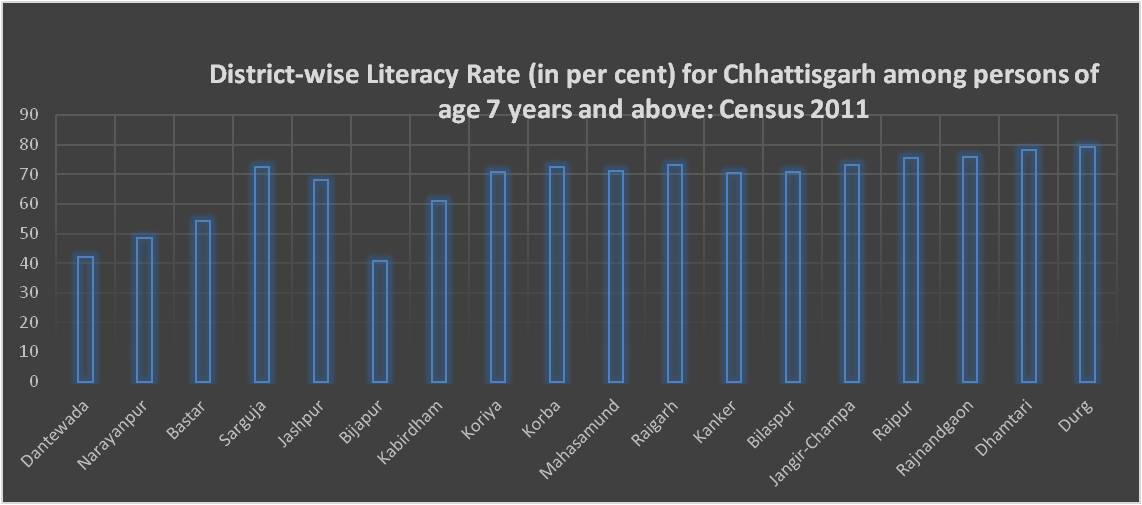
It can be said that the literacy rate of the affected states, although low, does not lag behind the national average by a considerable margin (Graph 4). Additionally, as per the data of 2020, the LWE- affected districts in the region have school facilities— Jawahar Navodaya Vidyalaya and Kendriya Vidyalaya.6 However, a more nuanced reading presents a slightly different picture. In Chhattisgarh, while the overall literacy rate is 70.28, the districts with the lowest literacy ranging from 40.86 (Bijapur) to 54.4 (Bastar) lag way behind the Chhattisgarh’s average – most of them falling in predominantly tribal districts, which are also Naxal-infested (Graph 6). Moreover, the operational conditions of these Vidyalyas or schools and the coverage to village interiors also remain debatable.
The data concerning literacy is reflected in the employment levels, where a considerably large workforce is employed in the informal sector (Graph 5). It could be read as a reflection of sustenance-desperation and lack of required skill/qualification that limits job opportunities in the formal sector. While this is a country-wide situation, with over two-thirds of the country’s workforce working in the informal sector, the statistics in the region in question bear economic, social as well as immediate security consequences. Unlike elsewhere, it only aggravates the historically existing grievances and fuels the Naxal’s propaganda.
Appreciably though, initiatives including the Tribal Cooperative Marketing Development Federation of India (TRIFED)’s ‘Van Dhan Vikas Kendras’ have taken off with the aim of the skilling tribal population for value addition of the Minor Forest Produce (MFP) collected by them. The initiative is in its nascent stage as of 2021 but provided that adequate support with funds and political will continue could play a significant role in enhancing tribal incomes.
The class-wise and district-wise breakup of the Multidimensional Poverty Index (MPI) 7 of the state of Chhattisgarh further reflects this relationship between deprivation and insurgency.
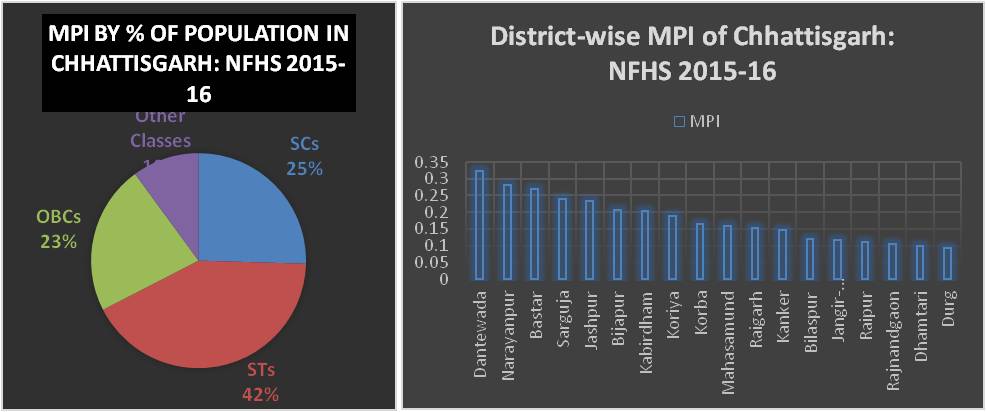
According to the data released by the National Family Health Survey (NFHS) in 2015-16 for Chhattisgarh, the MPI rate among Scheduled Tribes (STs) was recorded as 55 per cent, with Dantewada singularly having recorded over 65.4 per cent9 (almost two-thirds) people living in acute multidimensional poverty. It must be noted that Dantewada is among the worst affected LWE districts in the country.

Lack of connectivity is another factor that has hugely benefitted the Naxals – this includes both surface connectivity and telecommunication. Both these sub-factors restrict troop movements, thereby limiting government penetration. The restriction impacts economic opportunities and mainland accessibility to the tribal population, thus accelerating grievances. In 2012, at the peak of the insurgency, the road density in Chhattisgarh was 30 km per 100 sq km against the national average of 100 km per 100 sq km.11 While the exact data is unavailable, reading from scattered data through government sources, it appears that road density in the affected states (especially Jharkhand) has significantly improved.
Additionally, over 11 key road projects connecting the worst affected Sukma, Bijapur, and Jagdalpur districts were completed by 2018. The Gurupriya Bridge in Odisha further connected the cut-off Swabhiman Anchal comprising 151 villages to the mainland after five decades in 2018.12 Another vital road that became defunct following the Salwa Judum and SFs, connecting Jagargunda to Sukma, is rebuilt. However, it has been a costly road to build – costing at an average of one soldier’s life per month (these are figures of 2017).13
As of 2020, over 2,355 mobile towers have been installed, and another 2,217 have been approved for installation by the Central government.14 Emphasis on solar-powered mobile towers led to installing a similar one in Narayanpur’s Orchha block – the heart of Naxal’s so-called Dandakaranya Liberated Zone (DLZ). Nevertheless, over 6,500 villages in Odisha and around 3,000 villages in Chhattisgarh, Maharashtra, Madhya Pradesh, and Andhra Pradesh continue to remain without any mobile network – causing a major hurdle in connectivity and communication for security forces.15
Political Indicators
Along with socio-economic deprivation, deficiencies in implementing political and cultural rights despite the Panchayati Raj Extension for Scheduled Areas (PESA), 1996 and Forests Rights Act (FRA), 2006, has only caused harm to any process of resolution of the Naxal insurgency. Since political awareness among the population has been improving due to the increasing rate of literacy and connectivity with the mainland, instances of demanding political and cultural rights have only become more frequent. Famous examples include the Abhujmarias’ habitat rights movement (Chhattisgarh) and the Pathalgarhi Movement (Jharkhand, parts of Odisha) as recently as 2019-20. Demand for habitat rights, guaranteed through the PESA and FRA has lacked a standardised definition, thus leading to a lack of clarity regarding the same among most implementing authorities. Tribes, apart from a few like the Baiga community that have received habitat rights partially, still await the grant of their rights.
Another aspect of the same also lies a little far away from the cut-off regions – in the urban centres. Notwithstanding the political overtones attached to it, Urban Naxalism is a reality. The 2007 Maoist document “Urban Perspective Plan” stands testimony to the same. Apart from financial havens, these over ground workers provide a political driving force by spreading the ideology in urban centres. Although it has had a limited impact so far, the threats through the same must not be ignored. The issue has been addressed in detail by the author in a separate paper.16
What Lies Ahead?
As we look ahead, the foremost step is to recognise that the Naxal insurgency is not exclusively a security issue but also a politico-socio-economic one. Successive governments have tried to approach it both ways, but the ground realities have often fallen short of the aimed targets.
- An outstanding Research and Development (R&D) is required to ensure adequate Technical Intelligence (TECHINT) support on the security front. For Human Intelligence (HUMINT), it is believed that information about SF movement and camping near village areas is passed to the Naxals through Over-Ground Workers (OGWs) in the village. Frequent interaction by SF’s and their reaching out to the villagers and addressing of their problems could be used to SF’s advantage. More women troops may be deployed near village camps and encouraged to mix up with the local population (instances have shown that the local population mixes with women troops more readily).
- It must be mandatory for all the troops camping near villages to understand the local languages (Gondi, Halbi, etc.).
- Measures to ensure that casualties due to delayed evacuation/dehydration are reduced must be devised on a war-footing.
- The Intelligence Agencies have successfully undertaken tracking and choking of funds. An effective check on funding through extortion needs to be upped.
- An updated centralised database for the study of trends on various fronts is needed for the LWE-affected districts. As it is crucial for any policy intervention, it must be initiated at the earliest. Moreover, while keeping the sensitive data aside, all other data must be put in the public domain – for encouraging significant research; and as a step for reducing alienation of these regions there is a requirement of spreading more awareness among the common masses in the mainland.
- Urban Naxalism must be recognised as a reality devoid of political overtones and must be left for the respective agencies to deal with under the laid down procedures. Awareness must be raised regarding the same in urban centres as counter-measure.
- In conjunction with improving security situation, on-ground coverage of the issue needs to be promoted, especially by national mainstream media. The incident coverage must not exclusively include reporting major ambushes for awareness’ sake; but also thorough coverage of existing tribal issues holding the respective authorities accountable is equally essential.
- Overall coverage of the region must include its geographical-cultural uniqueness, promoting it as a sustainable tourism centre while keeping in mind the tribal sensitivities. In a planned manner, such initiatives are likely to achieve three-prong goals: i) generate a system of media scrutiny of tribal welfare schemes and initiatives, ii) bring a section of public from the mainstream closer to the alienated tribal population, and iii) generate significant economic activity for the population.
- Clearly defining the accountability of the implementing authorities for various welfare schemes and a timely performance audit is a must for ensuring the percolation of benefits.
- Grant of rights mentioned under the PESA and FRA must be implemented in a phased manner. The definition of habitat rights is an essential beginning in this regard. After all, as awareness continues to grow, but deprivation continues, this might turn into a major security challenge.
- A geographical shift of the insurgency is being predicted to the Kerala-Karnataka-Tamil Nadu tri-junction. Early warnings must not be ignored with similar conditions prevailing in this area in terms of topography and demography. (This has been noticed since 2013 and has been covered in some detail by the author in a separate paper. 17)
In conclusion, through the analysis of the trends mentioned above, the overall violence has indeed gone down. However, to claim that the Naxal insurgency has died down would be an overstatement. The senior Naxal leadership is primarily old or dead. A disconnect between the cadres and the top-rung is evident. Recruitment has slowed down. On the other hand, although socio-economic indicators have reflected some improvement, they continue to lag way behind the national average, i.e., the tribal population in these regions remains worse off, resulting in continued grievances. Thus, while awareness has grown, the inequality remains. This, in combination with political deprivation, inadequate representation, denial of habitat and customary rights may create grounds for an insurgency to stay alive. It must be recognised that although the security forces must be adequately supported to manage the situation at hand, a resolution for the same has to be a combination of fast-paced socio-economic welfare efforts and the States’ determined political will.
Endnotes
Endnotes
- https://m.economictimes.com/news/defence/naxal-violence-claims-12000-lives-in-20-years/articleshow/59521195.cms
- https://theprint.in/opinion/from-bihar-to-andhra-how-india-fought-and-won-its-50-yr-war-with-left-wing-extremism/254462/
- https://www.indiatoday.in/india/story/chhattisgarh-encounter-intel-on-maoist-leader-was-a-trap-dehydration-led-to-high-death-toll-say-sources-1787021-2021-04-04
- Since a major portion of the area in question falls in Chhattisgarh, a closer study of the same holds some merit.
- http://www.justjobs.network/index/downloads/A%20Just%20Jobs%20Index%20for%20India.pdf
- https://www.mhrd.gov.in/Dashboard/SE_Dashboard/auto.html; https://kvsangathan.nic.in/sites/default/files/hq/AR_2011-12.PDF
- https://ophi.org.uk/wp-content/uploads/Chhattisgarh_2020_online_4vs.pdf
- https://ophi.org.uk/wp-content/uploads/G-MPI_2018_2ed_web.pdf
- https://ophi.org.uk/wp-content/uploads/G-MPI_2018_2ed_web.pdf
- (http://mospi.nic.in/sites/default/files/reports_and_publication/cso_research_and_publication_unit/Infrastructure_Statistics/infra_stat_2010/1.ch_road.pdf)
- https://www.adb.org/sites/default/files/project-document/75143/44427-013-ind-pam.pdf
- https://www.newindianexpress.com/states/odisha/2018/jul/26/gurupriya-bridge-built-in-maoist-hinterland-of-odisha-dedicated-to-nation-naveen-announces-special-1848999.html
- https://www.indiatoday.in/mail-today/story/chhattisgarh-dornapal-jagargunda-crpf-maoists-973349-2017-04-25
- https://www.mha.gov.in/sites/default/files/AnnualReport_English_01102019.pdf
- http://164.100.24.220/loksabhaquestions/annex/173/AU504.pdf
- https://www.claws.in/publication/urban-reds-tackling-the-changed-character-of-indias-maoist-insurgency/
- https://www.claws.in/tracing-the-geographical-transition-of-the-maoist-insurgency-from-the-jungles-of-dandakaranya-to-the-malabar
(The paper is the author’s individual scholastic articulation. The author certifies that the article/paper is original in content, unpublished and it has not been submitted for publication/web upload elsewhere, and that the facts and figures quoted are duly referenced, as needed, and are believed to be correct). (The paper does not necessarily represent the organisational stance... More >>
Image Source: http://4.bp.blogspot.com/-TEooI6wbFEM/Ue4X8cYvgEI/AAAAAAAAAZw/2mRbMzpFOAI/s640/nx2.jpg

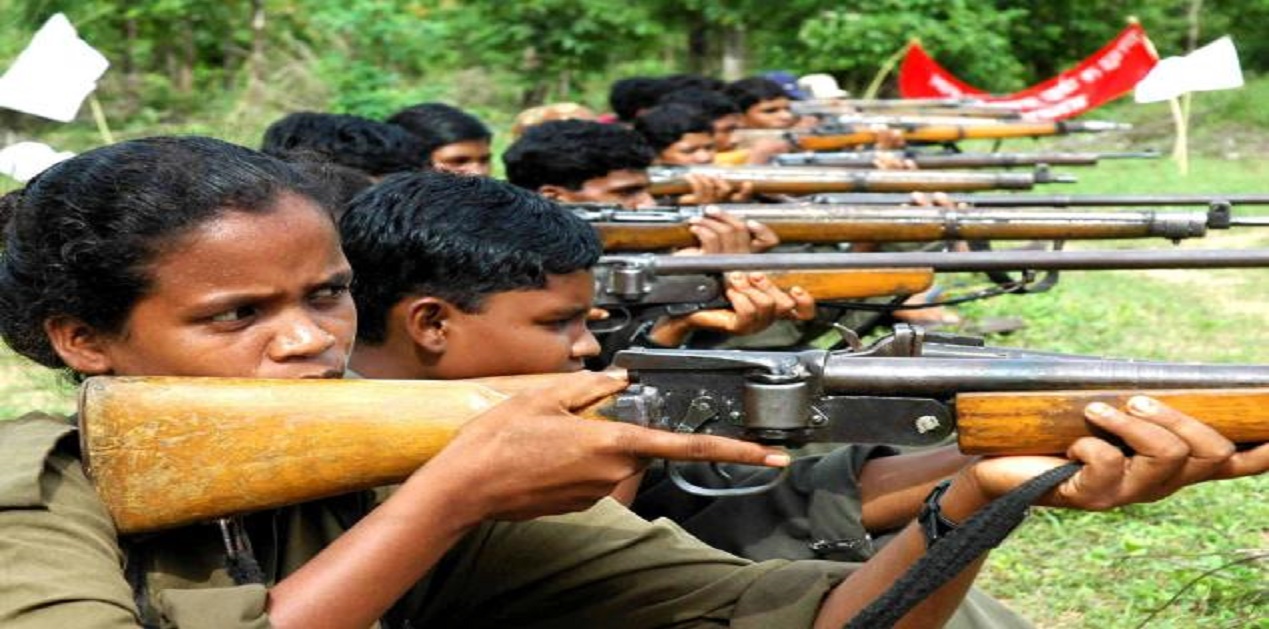

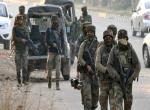

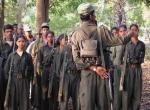

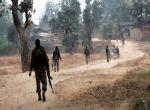

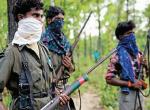
Post new comment